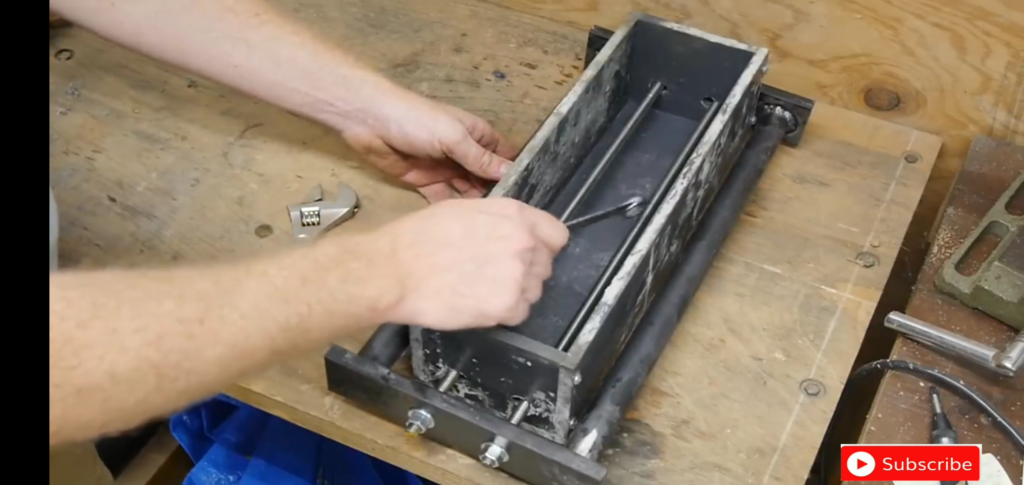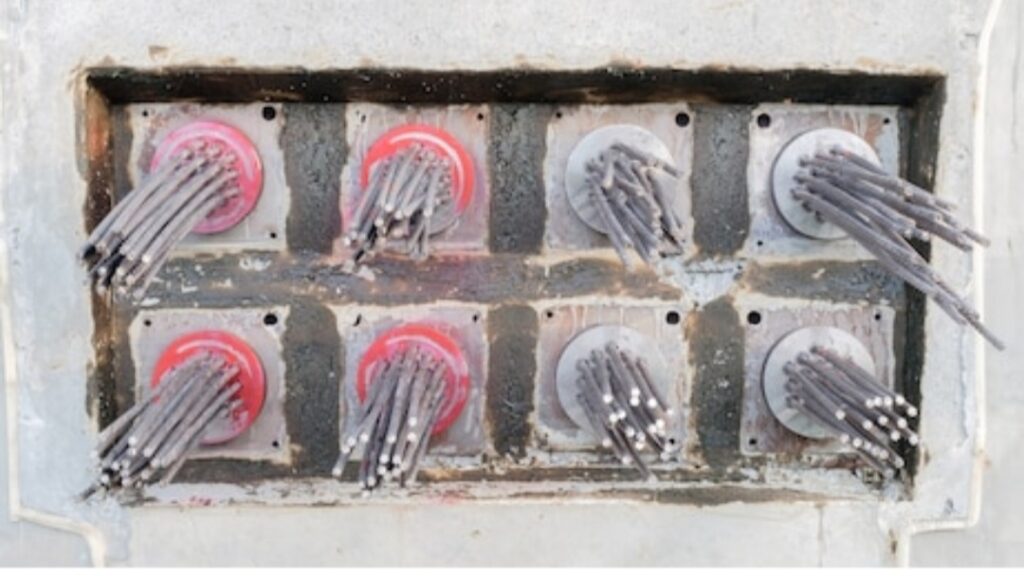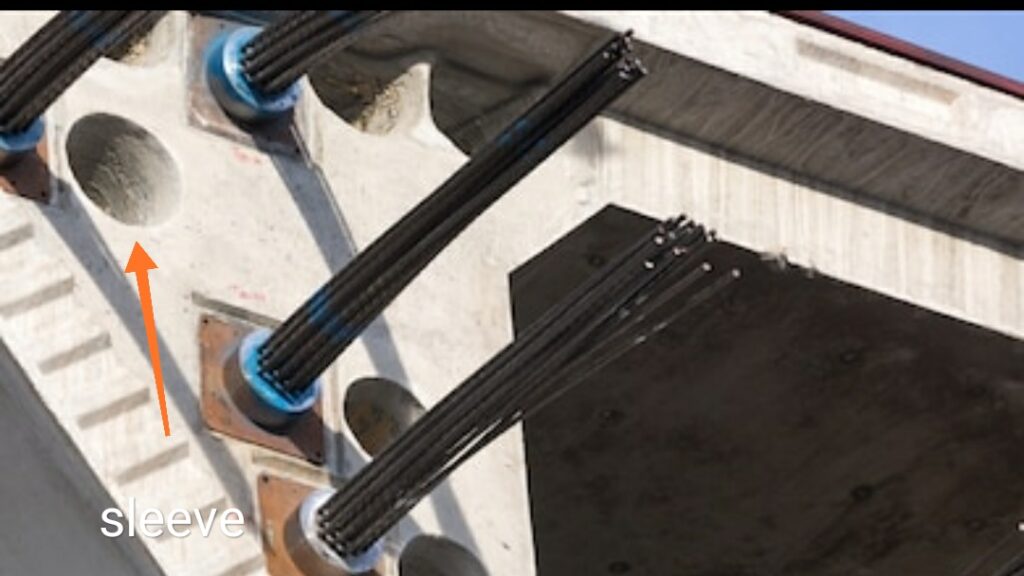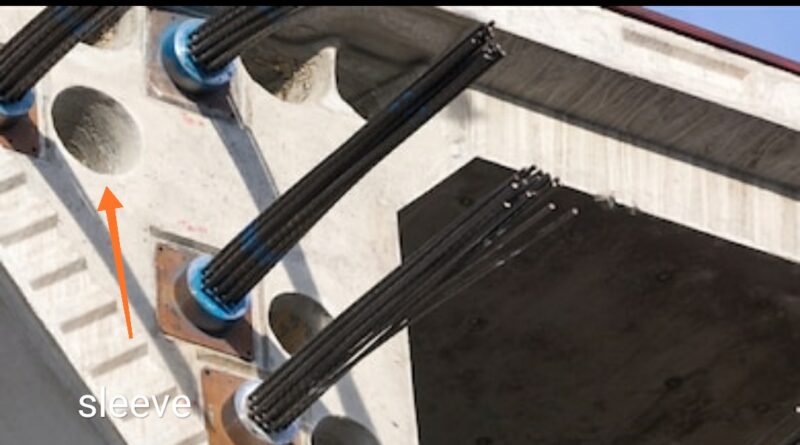What is prestressed concrete -Its Type
Prestressed concrete is basically concrete in which internal stresses of a suitable magnitude and distribution are introduced so that stresses resulting from external loads are counteracted to a desired degree .

Concrete is very weak in tension. So, it is always better if we can avoid concrete in tension. In other words , Pre-stressing is generally a way to overcome concrete weakness in tension.
There are two types of stressing the concrete
- Pre-tensioning
- Post-tensioning
Pre-tensioning
In the pre-stressed concrete the steel wires are stretched (tensioned) and then the concrete is poured into the mold .
After concrete has hardened, the tendons are released by cutting them at the anchorages.

The tendons tend to regain their original length by shortening and in this process transfer through bond a compressive stress to the concrete. The tendons are usually stressed by the use of hydraulic jacks. The stress in tendons is maintained during the placing and curing of concrete by anchoring the ends of the tendons
Pre-stressed concrete has experienced the greatest growth in the field of commercial buildings.
For buildings such as shopping centers, pre-stressed concrete is an ideal choice because it provides the span length necessary for flexibility and alteration of the internal structure.
Post-tensioning
In post tensioned a tube is place in the concrete member and the concrete is poured. Once the concrete is set then the steel wires are inserted through the tubes and then with help of hydraulic jack the steel wires are stretched and held in place with the help of special male female insert at the ends to hold the tension in place. Some of the popular methods of post-tensioning are :-
- Magnel system
- Freyssinet system

In post-tensioning method, tendons are coated with grease or a bituminous material to prevent them from becoming bonded to concrete.
After the tendon has been stressed, the void between the tendon and the sheath is filled with grout. Thus the tendons become bonded to concrete and corrosion of steel is prevented.
For heavy loads and large spans in buildings or bridges, it may be very difficult to transport a member from precasting plant to a job site.

